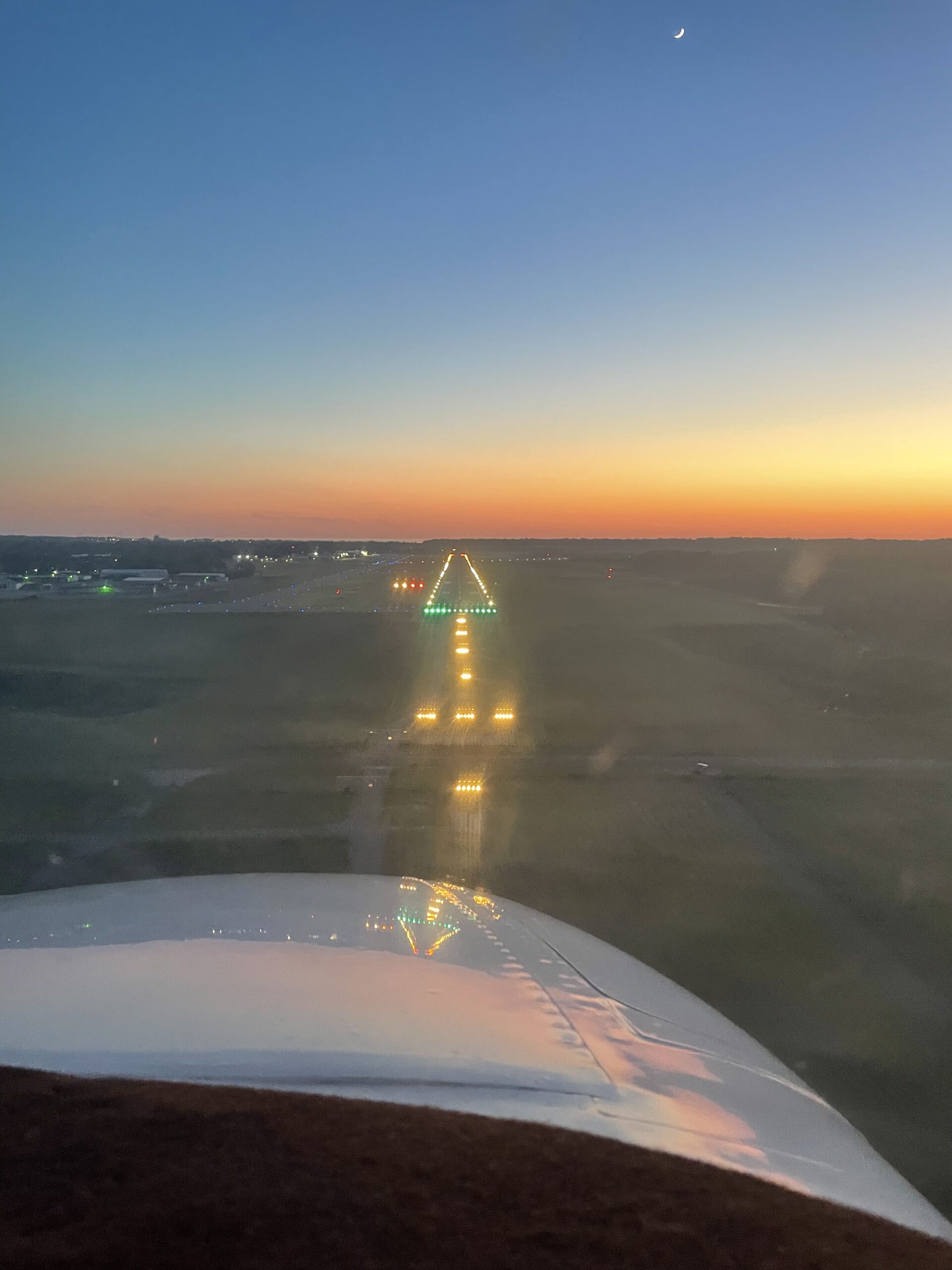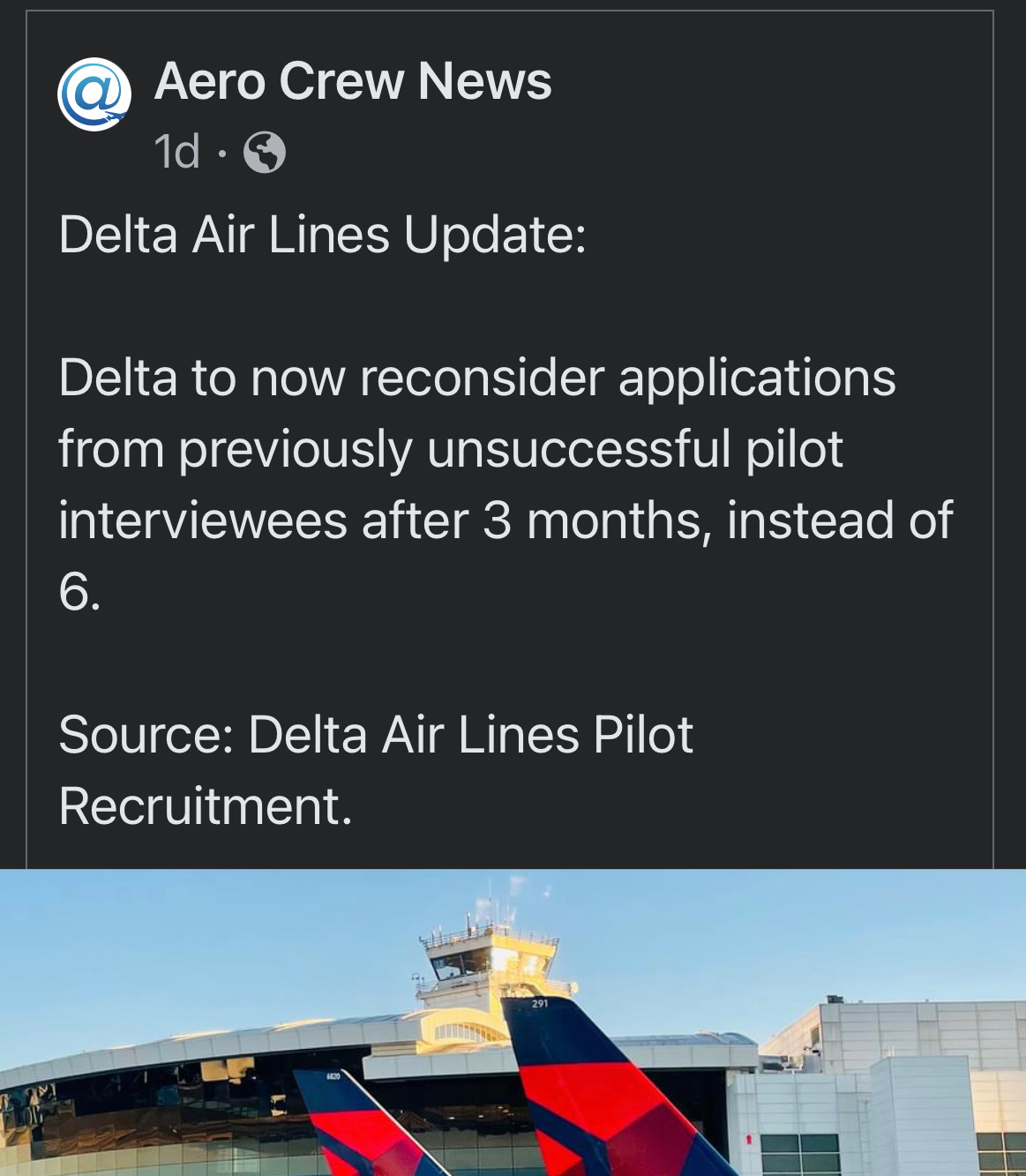Checkride [practical test] day is something that people look forward to, prepare for, and are nervous and excited to get completed. There is pressure. Pressure to perform, to get it done, and finally have that certificate or rating for which an applicant has been preparing.
We talk about “get-there-itis” as a pilot, well, there is certainly a level of “get-it-done-itis” that seems to push people on practical tests to try when sometimes they should be rescheduling. The push we have to fly sometimes is no different in our general flying than it is on checkride day. Sometimes, checkride day has more pressure “to go.”
As a DPE, I will ask a question or two if a scheduled checkride even seems to be in question for some reason, typically weather concerns, but at some point, it is up to the applicant to demonstrate that they have the decision-making skills to determine if the day is appropriate to fly all the required maneuvers for the practical test.
It’s that simple.
But I get all kinds of answers and justifications as to how, maybe, if we get lucky, it might be possible to do the checkride.
A common one is, “The weather isn’t very good, but I WANT to get it done today.” I get it. You might WANT to do it, but is it the right choice?
Or another one, when it is exceedingly windy, “I have never flown in winds this strong, but it’s within the maximum limits of the aircraft.” Hmm. Try doing something on your checkride in conditions you have never flown in before? Or are beyond what you would have considered your personal limits? This is just a starting point that leads to bad outcomes too many times.
There are minimum altitudes for many maneuvers according to the ACS. But sometimes, the answer we get as DPEs is, “The ceilings are kind of low, and I haven’t done maneuvers this low before, but we can give it a try.” Well, that really isn’t an option. We need to be able to maintain required cloud clearances and ground clearances as designated by the ACS/PTS. Busting those are hard failure points.
The temptation of weather at another location can sometimes offer good opportunities, but sometimes also generate bad outcomes. Many times the answer we get is, “The weather at our airport isn’t very good, but if we fly away from the airport we might find a hole where we could do the maneuvers.” Trying to “find a hole” many times leads to cloud clearance busts. If you’re going to do this, make sure you pick a big enough one. If you are going to fly to an area of better weather, don’t get impatient. Get all the way there before starting maneuvers. And make sure you can get home while operating within the regulations additionally. Of note, if you do try to do this, legitimately sometimes it is hard to gauge the weather, and going up and checking out conditions can be the only way to really know, you can always discontinue. Discontinuing by choice of the applicant in the air for deteriorating or other than as forecast conditions is acceptable. It just might be an expensive choice to “give it a try” if you are renting the aircraft.
Busting cloud clearances or flying into conditions you are not authorized or cleared to be in is an unhappy moment. Sometimes, we hear, “If we end up in the clouds, you [the DPE] can get us home IFR right?” Not really. If you are an IFR rated pilot who is current and want to use a clearance to get through some IFR conditions, technically that is allowed. Many DPEs won’t do this on a practical test, but in some cases it can be used to get on top of a cloud layer where maneuvers can be done. If you aren’t cleared or rated, ending up in IFR conditions and expecting the DPE to get you out of them is going to be disapproval for any DPE I know. The DPE is not your crutch on the flight.
One that lacks understanding of the dynamics of the practical test, “If I can’t handle the conditions, you [the DPE] are more experienced and can fix it, right?” On a practical test, the applicant is the PIC. It is their job to be in command and control of the aircraft through the entire flight. The DPE is a passenger. If they have to become more than that, a disapproval will be the outcome.
And one of my favorites, “If we don’t go today, I don’t know when we would be able to reschedule.” The choice to fly should never be dependent on when you could reschedule, it should be based on the conditions that are present and if they are safe and meet required, or personal, minimums. You can figure out the rescheduling efforts later.
If you are finding yourself saying any of these things, basically trying to justify how you “might” be able to get the practical test done on a given day, it’s probably time to start thinking about “should” you be trying or should you be rescheduling.
A good way to think about a practical test is to do a test when the weather or conditions are “sufficient to allow all of the required maneuvers of the ACS/PTS to be completed without being adversely affected by the conditions.” Do the test when your skills and abilities will be the determining factor as to whether you get a new temporary airman certificate or a disapproval at the end of the effort.
There is no doubt that there are days where I would easily go flying, but wouldn’t recommend someone do a practical test. Practical tests have specific maneuvers that must be completed and within prescribed standards. Make sure the day of your test allows for this.
If you are trying too hard to “shoehorn” the day of the practical test to “make it work,” it’s probably a good time to think about SHOULD you be doing the test that day. Rescheduling is fine. Pick a day where the conditions are conducive to you meeting all the requirements of all the required maneuvers of a particular test.



 Holiday weekends mean accidents for general aviation pilots. It happens every year.
Holiday weekends mean accidents for general aviation pilots. It happens every year.